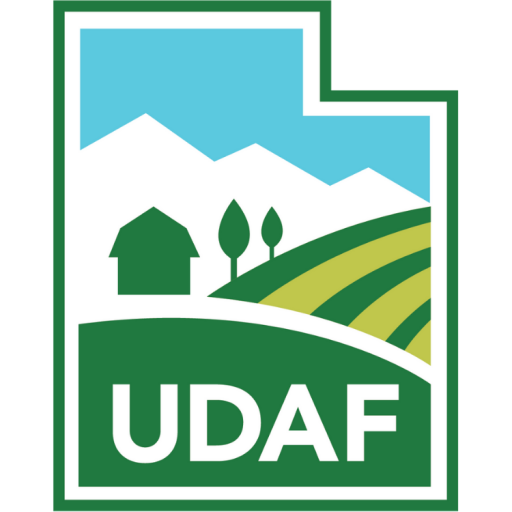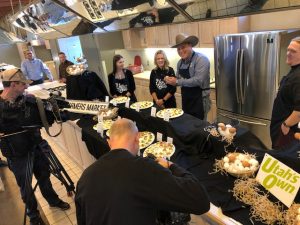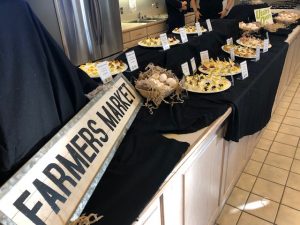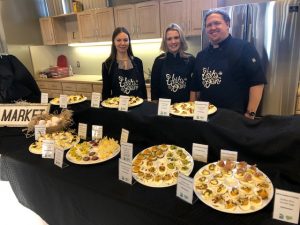Small nonfarm businesses in 18 Utah counties are now eligible to apply for low‑interest federal disaster loans from the U.S. Small Business Administration, announced Director Tanya N. Garfield of SBA’s Disaster Field Operations Center-West. These loans offset economic losses because of reduced revenues caused by drought in the following primary counties that began Jan. 1, 2019.
Primary Utah counties
- Box Elder
- Grand
- San Juan
- Tooele
- Uintah
Neighboring Utah counties:
- Cache
- Carbon
- Daggett
- Davis
- Duchesne
- Emery
- Garfield
- Juab
- Kane
- Salt Lake
- Utah
- Wayne
- Weber
“SBA eligibility covers both the economic impacts on businesses dependent on farmers and ranchers that have suffered agricultural production losses caused by the disaster and businesses directly impacted by the disaster,” Garfield said.
Small nonfarm businesses, small agricultural cooperatives, small businesses engaged in aquaculture and most private nonprofit organizations of any size may qualify for Economic Injury Disaster Loans of up to $2 million to help meet financial obligations and operating expenses which could have been met had the disaster not occurred.
“Eligibility for these loans is based on the financial impact of the disaster only and not on any actual property damage. These loans have an interest rate of 3.74 percent for businesses and 2.75 percent for private nonprofit organizations, a maximum term of 30 years and are available to small businesses and most private nonprofits without the financial ability to offset the adverse impact without hardship,” Garfield said.
By law, SBA makes Economic Injury Disaster Loans available when the U.S. Secretary of Agriculture designates an agricultural disaster. The Secretary declared this disaster on Nov. 6, 2019.
Businesses primarily engaged in farming or ranching are not eligible for SBA disaster assistance. Agricultural enterprises should contact the Farm Services Agency about the U.S. Department of Agriculture assistance made available by the Secretary’s declaration. However, nurseries are eligible for SBA disaster assistance in drought disasters.
Applicants may apply online, receive additional disaster assistance information and download applications at https://disasterloan.sba.gov/ela. Applicants may also call SBA’s Customer Service Center at (800) 659-2955 or email [email protected] for more information on SBA disaster assistance. Individuals who are deaf or hard‑of‑hearing may call (800) 877-8339. Completed applications should be mailed to U.S. Small Business Administration, Processing and Disbursement Center, 14925 Kingsport Road, Fort Worth, TX 76155.
The deadline to apply for economic injury is July 6, 2020.












